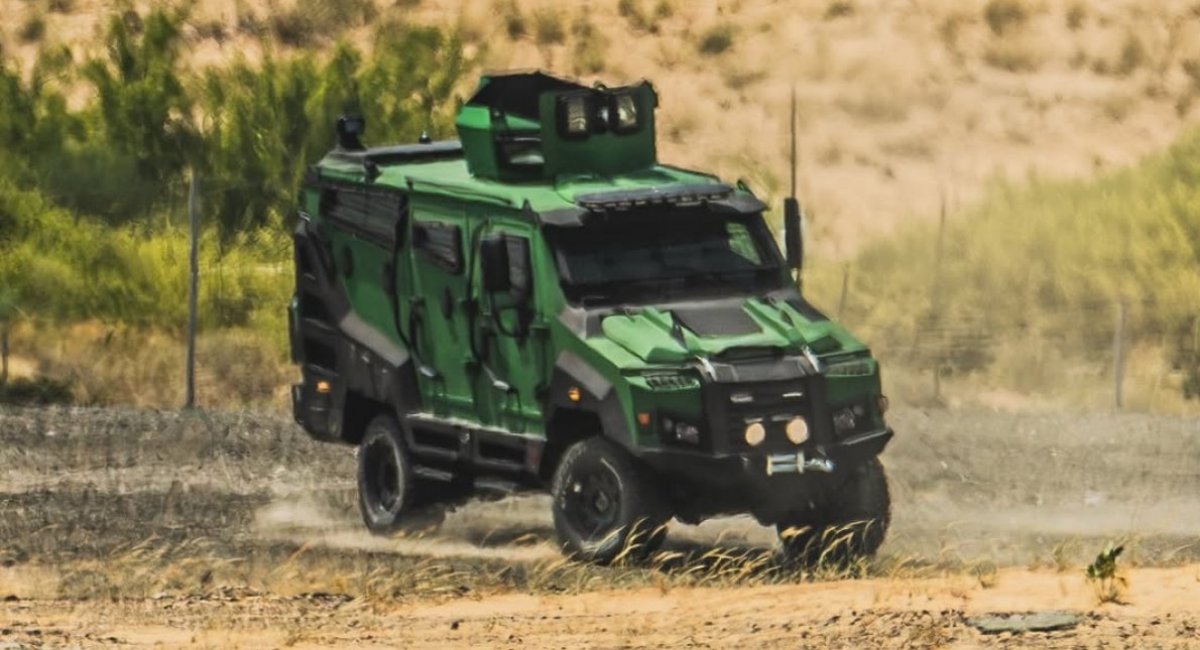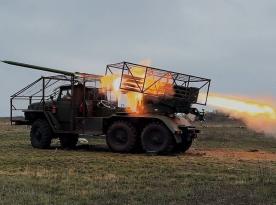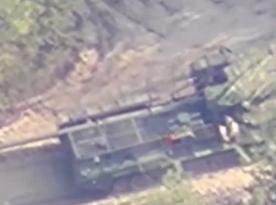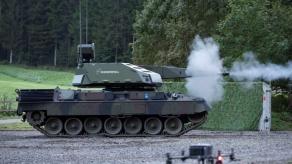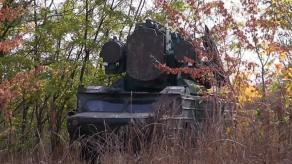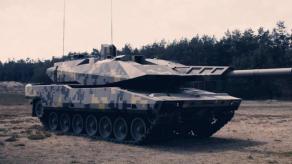TAC Armored Vehicles of the United Arab Emirates has unveiled a modular Q-NET anti-drone net kit for its Jedi armoured vehicle, a factory-fitted solution the company pitches as an "active" protection system and an item with "no analogues in the world". The announcement leans heavily on lessons from the russo-Ukrainian war, positioning the Q-NET kit as a modern countermeasure against both loitering munitions and shaped charges delivered by rocket-propelled grenade warheads. Visually and functionally, the package includes cable nets, rubber wheel skirts and other soft-protection elements intended to give the light MRAP better all-round survivability in a drone-dominated battlespace.
The most striking claims in the marketing are twofold: that the system is "active", and that it is unique worldwide. Both statements deserve scrutiny. By design, cable or fabric nets are traditionally passive countermeasures, they prevent a warhead from seating properly or divert its fuse, or they blunt and catch a shaped charge's jet.
Read more: H2 WAVe Hydrogen-Powered APC That Looks More Like Mobile Thermobaric Bomb
The Q-NET kit's materials and arrangement may be modular and thoughtfully engineered, but unless TAC has integrated a net-launching, sensor-triggered or mechanically actuated element (which the company does not publicly describe), labelling the kit "active" looks like marketing language rather than a technical definition.
Equally, the "no analogues" claim ignores the observable proliferation of so-called soft-net solutions on modern battlefields. Variants of flexible nets and mesh skirts designed to defeat drone strikes and reduce the effectiveness of HEAT warheads have been documented in recent conflicts; the principle TAC employs is not novel. That said, the difference between an ad-hoc retrofit and a factory-designed, modular kit that can be fitted and serviced by the vehicle manufacturer is meaningful, and where the Q-NET protection may legitimately add value.
Viewed on its own merits, the Q-NET kit is a sensible product for the era of inexpensive, ubiquitous drones. A ready-made, integrated net system reduces the logistical and safety burdens that arise when crews or third parties must retrofit protection in the field. Rubber wheel covers and tailored net panels that conform to the Jedi's geometry can limit common vulnerability points and deliver predictable protection levels without improvisation. For operators who need immediate deployable solutions, a manufacturer-supplied kit is operationally attractive.
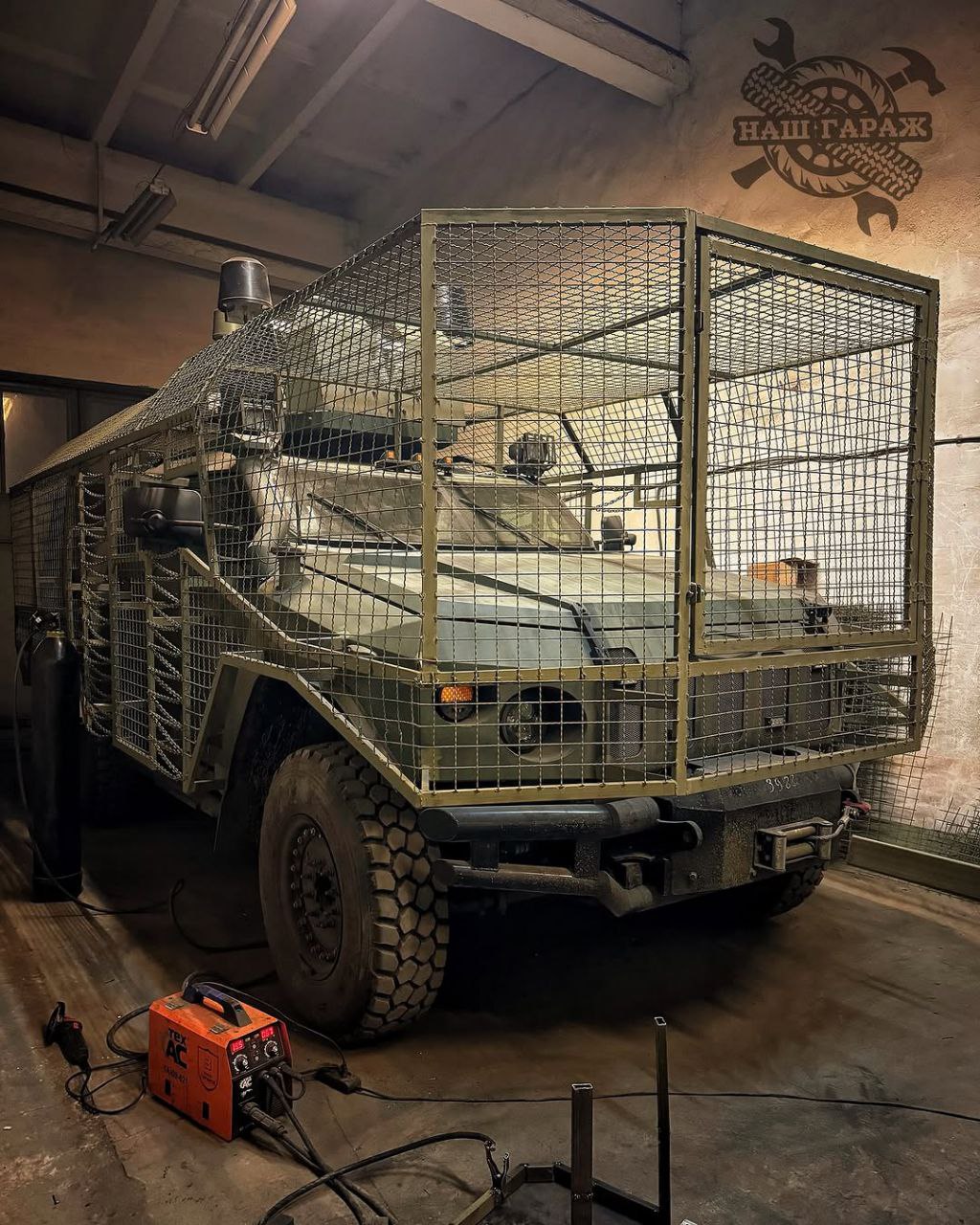
The Jedi vehicle itself is a typical light MRAP built on a Toyota Land Cruiser 79 chassis, offering STANAG 4569 Level 2 ballistic protection and a V-shaped mine-protected hull. This platform choice prioritizes mobility, affordability and baseline survivability, making it a logical candidate for additional soft-armor or net systems. Lightweight vehicles like the Jedi cannot be up-armoured in the same way main battle tanks can; therefore, comprehensive external protection, including solutions for top and side threats, becomes critical.
Operational trade-offs remain important to consider. Any external netting and skirts add weight, increase the vehicle's profile and may complicate maintenance, transport and visibility. They can snag in urban environments or on dense vegetation and require procedures for safe folding or jettisoning. If Q-NET is intended to be permanently fitted, militaries will want to know effects on center-of-gravity, roof payload limits, and ease of removal for maritime or air transport.
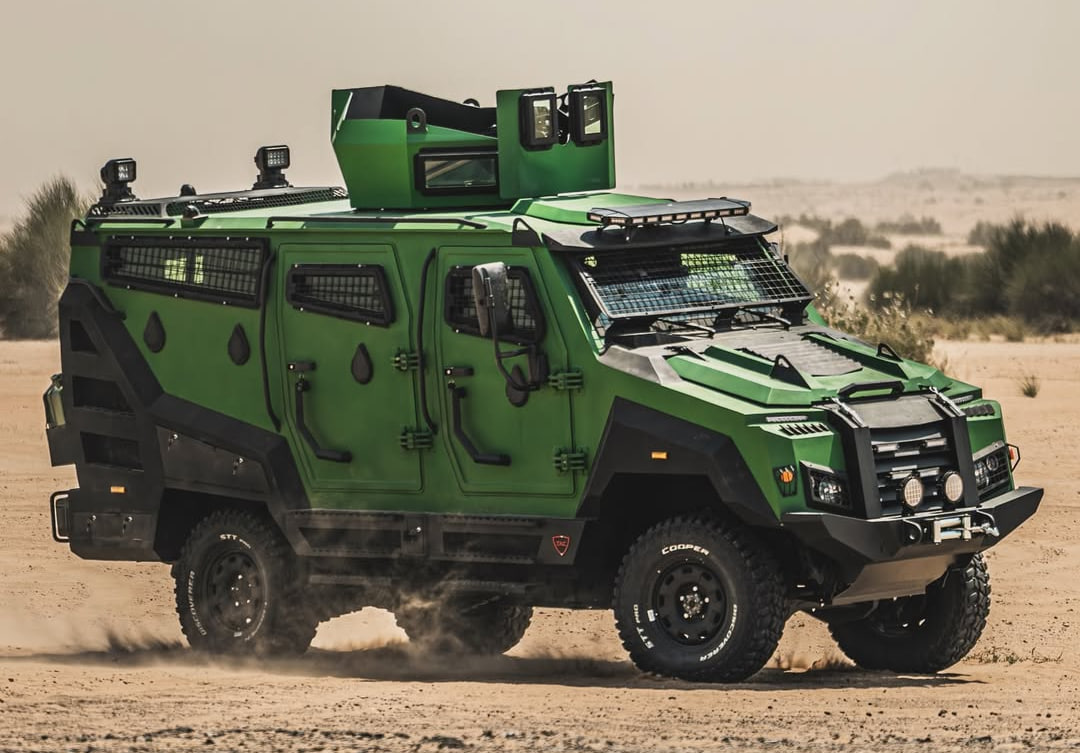
In conclusion, TAC's Q-NET kit is a pragmatic and timely offering that responds to a clear operational need: protecting light armoured vehicles from drones and stand-off anti-armour charges. The product's strengths lie in being factory-designed and modular, which reduces field improvisation. However, the company's technical framing overreaches when it calls the system "active" and "without analogue".
Read more: 200 Tactical Buggies for German SOF — Do Soldiers About to Become Unstopable?




